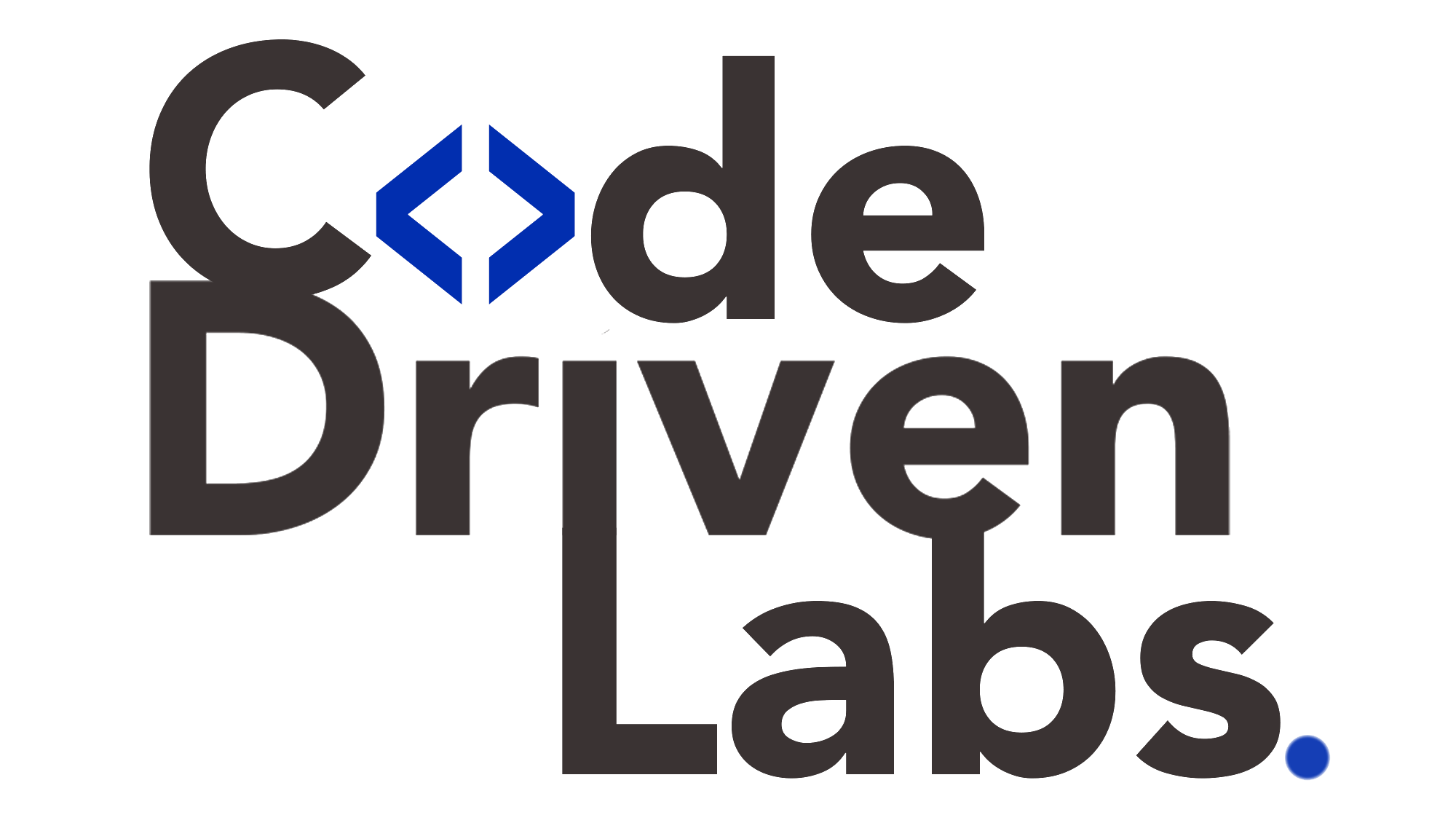Level up your business with US.
- Home
- Batch vs. Stream Processing: When Should a Data Engineer Use One Over the Other?
Batch vs. Stream Processing: When Should a Data Engineer Use One Over the Other?
July 23, 2025 - Blog
Batch vs. Stream Processing: When Should a Data Engineer Use One Over the Other?
In today’s data-driven world, the speed and efficiency of processing data can determine the success of a digital product or platform. As businesses generate massive volumes of data from various sources, understanding the most effective method of processing that data becomes crucial. Two of the most common paradigms are Batch Processing and Stream Processing.
This blog will break down the differences between these approaches, highlight use cases, compare tools, and help data engineers decide when to choose one over the other. We’ll also explain how Code Driven Labs helps modern businesses implement the best data engineering solutions for real-time and historical data processing needs.

What is Batch Processing?
Batch processing involves collecting and storing data over a period of time and then processing it in one go. This method is ideal when the data is not needed in real time but still needs to be processed efficiently and accurately.
Key Characteristics:
-
Processes large volumes of data at once
-
Operates on historical or accumulated data
-
High throughput, low latency isn’t critical
-
Typically used for end-of-day, weekly, or scheduled reports
Common Tools:
-
Apache Hadoop
-
Apache Spark (Batch Mode)
-
AWS Glue
-
Google Cloud Dataflow (Batch mode)
-
Azure Data Factory
Use Cases:
-
Financial transaction summaries
-
Periodic data backups
-
Data lake ingestion and transformation
-
Offline analytics and reporting
What is Stream Processing?
Stream processing, on the other hand, processes data in real time or near-real time as soon as it’s generated. It is essential for systems that rely on up-to-the-second data for decision-making or alerting.
Key Characteristics:
-
Processes data continuously as it arrives
-
Suitable for real-time applications
-
Requires low latency and high availability
-
Handles small pieces of data with high frequency
Common Tools:
-
Apache Kafka + Kafka Streams
-
Apache Flink
-
Apache Storm
-
Google Cloud Pub/Sub
-
AWS Kinesis
-
Spark Streaming
Use Cases:
-
Fraud detection in banking
-
Real-time monitoring (IoT, server logs)
-
Social media trend analysis
-
Real-time recommendations in eCommerce
Batch vs. Stream Processing: A Comparative Overview
| Feature | Batch Processing | Stream Processing |
|---|---|---|
| Latency | High | Low |
| Data Volume | Large historical datasets | Continuous small data |
| Processing Frequency | Scheduled | Real-time |
| Complexity | Simpler to implement | More complex architecture |
| Use Case | Reports, ETL jobs | Monitoring, alerting |
| Cost | Generally lower | Can be higher |
When to Use Batch Processing?
Choose batch processing if:
-
The data is not time-sensitive
-
You want to reduce infrastructure costs
-
Your team is more experienced with traditional ETL tools
-
You are processing logs, analytics, or archives
Example: A retail company generating daily sales reports from thousands of transactions can use batch processing to summarize data at the end of the day.
When to Use Stream Processing?
Choose stream processing if:
-
Your application depends on real-time insights
-
You need to react instantly (fraud detection, IoT alerts)
-
Customer experience depends on timely updates
-
You’re building dynamic dashboards
Example: A ride-sharing platform needs to update driver and rider positions in real time to offer the best match.
Hybrid Approaches: When You Need Both
Some modern systems require both paradigms. For example, an eCommerce company might use stream processing for real-time inventory updates and customer recommendations but rely on batch processing for monthly sales forecasts and data warehouse updates.
Best Practices for Data Engineers
1. Understand Business Requirements
Determine what kind of insights are needed and how fast they are needed. The nature of the business logic often dictates the processing method.
2. Choose the Right Tools
Use Apache Spark for batch ETL, and Kafka or Flink for real-time. Consider managed services (AWS Kinesis, Google Cloud Dataflow) for scalability and ease of maintenance.
3. Monitor & Optimize
Regardless of the approach, performance monitoring, error logging, and scalability planning are essential. Automate alerts and plan for data spikes.
4. Data Quality & Governance
Stream or batch, bad data leads to bad decisions. Enforce validation, transformation, and compliance policies at every step.
5. Start Small and Scale
Begin with a single use case, validate the architecture, and then scale it to other departments or datasets.
How Code Driven Labs Helps
Code Driven Labs empowers businesses with modern, scalable, and cost-effective data engineering services tailored to both batch and stream processing models. Whether your organization is just starting with big data or already has complex pipelines in place, Code Driven Labs provides value across every stage:
1. Strategy & Architecture
Our experts analyze your business use cases and help define a clear data strategy. We assist in choosing the right tools and architecture—batch, stream, or hybrid.
2. Implementation Services
From setting up Apache Spark for heavy data jobs to integrating Apache Kafka for real-time analytics, Code Driven Labs builds robust pipelines with industry best practices.
3. Managed Cloud Data Pipelines
We leverage AWS, Azure, and GCP to build scalable and serverless pipelines with low operational overhead, handling both batch ETL and real-time ingestion.
4. Data Quality & Observability
We integrate monitoring, testing, and alerting layers to ensure data integrity and performance, no matter the processing method.
5. Cost Optimization
By understanding your data velocity and volume, Code Driven Labs helps reduce processing costs through auto-scaling, optimized queries, and tool selection.
6. Ongoing Support & Scaling
As your data needs evolve, our team ensures your architecture evolves too—scaling batch processes, updating stream configurations, and training internal teams.

Final Thoughts
In the debate of Batch vs. Stream Processing, there is no one-size-fits-all solution. The key lies in aligning your data processing model with business goals, user expectations, and infrastructure capabilities.
Batch processing is ideal for stability and simplicity in processing large datasets with relaxed time constraints. Stream processing is essential when real-time data is the backbone of your operations. Often, the smartest strategy is a combination of both.
Code Driven Labs stands as a reliable partner for organizations navigating this decision. With our expertise in modern data infrastructure, we enable businesses to make the right choices, build future-proof solutions, and unlock the full potential of their data—whether it flows in a stream or lands in a batch.
